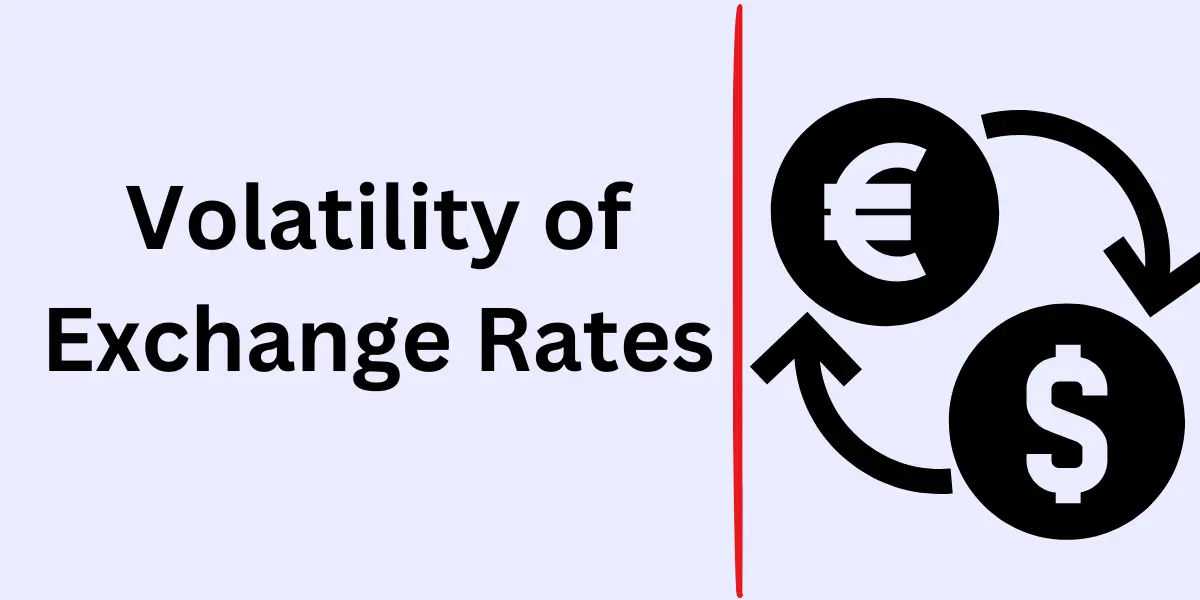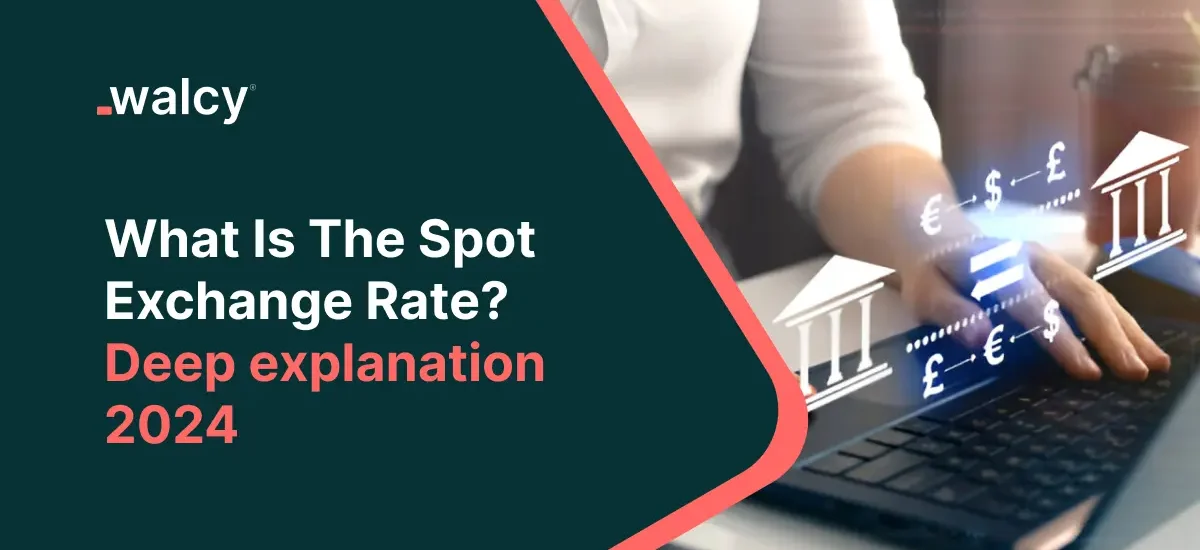Everyone must have experienced exchanging money or seen someone exchange currency in a money exchange booth.
Also, you must have seen someone pondering over the charts with different currencies listed with respective values to a specific denomination. Interestingly, you did have the following questions in mind:
- How are the currency values determined?
- Why do some currencies seem stronger compared to other currencies?
- Who determines the currency values?
In some places, all those rates are called spot exchange rates, currency exchange rates, or interbank rates.
In this article, we will tackle these fundamental constructs and shed some light on spot exchange or mid-market rates and how neobanks can perform interbank foreign exchanges at mid-market rates.
Key Summary Points
Definition of Spot Exchange Rate: The midway between purchase and sell prices of two currencies, representing fair market value at the time.
Components:
Bid Price: The price at which a market maker buys a currency.
Ask Price: The price at which a market maker sells a currency.
Bid-Ask Spread: The difference between the bid and ask prices.
Determinants:
-
- Economic data (GDP, inflation rates)
- Political stability and events
- Market sentiment
- Trade balances and foreign reserves
Volatility Factors:
-
- Economic data releases
- Geopolitical events
- Market sentiment
- Media reports and rumors’
Comparison with Forward Rates: Unlike spot rates, forward rates are set for future transactions and adjusted for interest rate differences to hedge against currency fluctuations.
Execution Methods:
-
- Direct Execution
- Electronic Trading Systems (ETS)
- Electronic Broking Systems (EBS)
- Inter-Dealer Voice Brokers
Market Size: The forex market is the largest and most liquid market, with daily trading volumes reaching trillions of dollars.
Economic Indicator: Spot exchange rates indicate a country’s economic health, with strong rates suggesting economic prosperity and weak rates indicating potential challenges.
What Is The Spot Exchange Rate?
The spot exchange rate is the average of the purchase and selling prices of two currencies.
For example, if the exchange rate between the US dollar (USD) and the Singaporean dollar (SGD) is 1.34, one US dollar may be equated to 1.34 Singaporean dollars.
This suggests that the US dollar is stronger than the Singaporean currency since one US dollar buys more Singaporean dollars.
Since we use the midpoint for determining the buying power of a currency, it is, therefore, called mid-market rate or spot rate.
These rates change frequently due to market dynamics or economic fluctuations as well. The spot exchange rate is considered the most fair value for a currency at an instance and is deemed the most accurate.
However, these prices under normal circumstances are not provided to the general public and are made available to banks. But with the advent of neo-age banks, this trend has been ousted and now general consumers can also trade at mid-market rates.
These types of rates are settled on the spot, and when the transaction between two currencies is involved, the mid-market rate is snapped shot and this rate will be used for the trade.
Components of Spot Exchange Rates
There are generally two kinds of components called the Bid-Ask spread:
- Bid Price: It is the rate at which market players seek to buy currency. A market maker can be a firm or an individual who quotes the two-sided markets providing bids(buy) and offers(ask) or buying and selling prices.
- Ask Price: This is the rate at which a market player seeks to sell a currency.
The difference between the bid price and the ask price is called the Bid-Ask spread rate.
Volatility of Exchange Rates

Exchange rates are highly volatile and change frequently throughout a typical trading day, and are subject to change due to factors such as economic data releases, geopolitical events, and market sentiment.
In terms of economic data releases, there are some significant drivers of exchange rates. For instance, an improvement in GDP, decreasing inflation rates, bettering net income rate of the nation, and improvement in a country’s monetary and fiscal policy and strengthen a currency.
Political instability, trade wars, regional conflicts, and health crises are also responsible for fluctuations in the exchange rates. For instance, tariffs and trade disputes with neighboring countries impact trade flows and affect currency values.
Another important but most of the time skipped consideration for volatility is the market sentiment, which portrays the overall attitude of investors toward a particular currency or market.
During times of economic recession, investors seek to settle on stable assets, decreasing their urge to buy riskier assets which leads to a weaker currency.
Further, news reports media scrutiny, rumors, and opinion leaders’ opinions can sway the market sentiment. This causes sharp currency movements albeit the economy is stable and all the market indicators are positive.
Read about: Foreign Exchange Service: Best Rates For Currency Exchange
Contrast With The Forward Rates
Unlike the spot exchange rate where currency exchange transactions are settled almost immediately, forward rates are agreed upon before the future transaction.
They are usually used to hedge against a currency to protect investors from future fluctuations. Further, forward rates are also used to plan for budgeting cash flow for a plan in a foreign nation by an international investor.
You must be confused about how the pricing is determined for this. Let me explain, the forward rates are determined from the spot rates, and adjusted for interest rate differences between two currencies involved in the transaction. so the formula becomes:
Forward Rate = Spot Rate ×(1+interest rate of the foreign currency + interest rate of domestic currency)
By opting for a forward exchange contract, the US company has secured an exchange rate of 1.3100 USD/EUR for a transaction with a British supplier, set to occur in 5 months. This means that regardless of any fluctuations in the exchange rate during that period, the company will exchange $131,000 for €100,000 as stipulated in the contract.
This strategy helps mitigate the company’s exposure to currency risk and guarantees a fixed exchange rate for future transactions.
How Spot Exchange Rates are Executed
Some commonly used methods to execute spot exchanges are as follows:
- Direct Execution Method:
No third party is included in the execution of transactions between two parties. This kind of execution is done via telephonic communication and uses a system akin to Reuters conversational System. - Electronic Trading System (ETS):
It is a digital platform where financial assets are traded almost instantly, transparently, and if needed, anonymously. The financial assets include currencies, securities, or commodities. ETS allows an automatic trading process which matches buying and selling orders without the requirement of a full-fledged physical trading floor. - Electronic Broking System (EBS):
It is a specialized kind of ETS that focuses on interbank trading, especially for the foreign exchange market. It is used by banks to electronically trade currencies. EBS provides a means for accessing deep liquidity pools, real-time bid-ask quotes from multiple banks, access to large financial markets, order matching, and cross-border currency trading. - Inter-Dealer Voice Broker:
It is a conventional approach where brokers facilitate trades between dealers via telephonic channels or messaging channels. Personalized transactions and direct-to-broker interaction are the key concepts used with the Inter-Dealer Voice Broker System.
Read about: What are Real-time Payments in Banking? Useful Guide.
Market Size
The Foreign Exchange market is generally regarded as the world’s largest and most volatile financial market, with daily transactions worth trillions of dollars.
Among the most frequently traded currencies are the US dollar, the Euro, the Japanese yen, the British pound, and the Chinese yuan. Having an average per day turnover of $7.5 trillion, the FX market is the world’s largest.
Spot Exchange as an Indicator of a Nation’s Economic Stature
A cross-sectional analysis over time can help economists assess the health and well-being of a country’s economy. Generally, a strong spot exchange rate is indicative of economic prosperity, while a weak spot rate suggests the opposite. However, several factors need to be considered when interpreting spot exchange rates.
Firstly, a positive trade balance, reflected by a strong export portfolio, indicates low inflation, a robust economy, and high demand for the country’s currency.
Secondly, low inflation rates tend to reflect strong purchasing power parity for a nation.
Thirdly, large foreign exchange reserves act as a buffer against potential economic downturns. Substantial foreign exchange reserves enable a country to mitigate unwanted economic shocks by utilizing its existing deposits to alleviate the effects of such shocks.
Finally, the debt of a nation and negative speculation make its currency less appealing to international investors because of the possibility of default on debt payments.
In the case of speculation, when investors believe there will be an economic downturn in a country they stop buying the country’s currency lowering its value.
Read about: Cross-Border Investment: Best Countries to Invest in 2025
How Neobanks Facilitate Interbank FX at Mid-Market Rates
Neobanks have revolutionized the process of currency exchange with their digital-first strategies. Traditional banks often impose additional charges, either as a percentage markup or through fixed fees on exchange rates.
In contrast, neobanks like Walcy offer mid-market rates, which are known for being the most transparent and accurate. By utilizing cutting-edge technology and maintaining lower operational expenses, they can minimize markups and eliminate flat fees.
These neobanks employ advanced algorithms to access real-time market data, allowing them to provide the spot exchange rate—the same rate banks use when trading currencies among themselves.
This approach typically results in more favorable deals for consumers compared to conventional banks or currency exchange services. By bypassing intermediaries and relying entirely on digital platforms, neobanks deliver mid-market rates directly to users, ensuring both transparency and cost efficiency.
Read about: Best Neobank for Business Transactions in 2025.
Know the differences between neobanks and traditional banks.
Conclusion
The spot exchange rate, often called the mid-market or interbank rate, reflects the current value of one currency against another, sitting right between the buy and sell prices. These rates change frequently due to factors like economic data, political events, and market sentiment. Traditionally used by banks and big corporations, spot rates are now accessible to everyone thanks to neobanks, allowing for fairer currency exchanges.
They also give a snapshot of a country’s economic health, with strong rates indicating prosperity and weak ones hinting at challenges. Understanding these rates helps in making smarter financial decisions, whether you’re a casual traveler or a large business.
Know about the factors affecting foreign exchange rate. | Know everything about neobanks.
Know everything about overseas payment. | Know the benefits of having a global account.
Do follow us on Facebook and LinkedIn, to stay connected with us.



